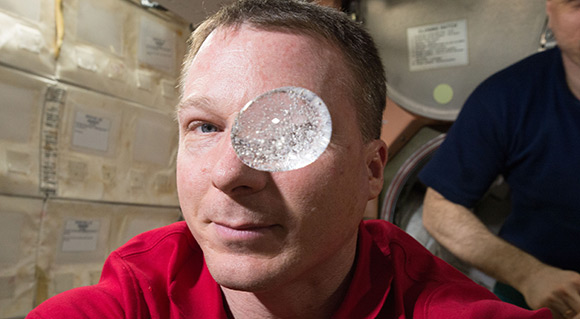-
Tips for becoming a good boxer - November 6, 2020
-
7 expert tips for making your hens night a memorable one - November 6, 2020
-
5 reasons to host your Christmas party on a cruise boat - November 6, 2020
-
What to do when you’re charged with a crime - November 6, 2020
-
Should you get one or multiple dogs? Here’s all you need to know - November 3, 2020
-
A Guide: How to Build Your Very Own Magic Mirror - February 14, 2019
-
Our Top Inspirational Baseball Stars - November 24, 2018
-
Five Tech Tools That Will Help You Turn Your Blog into a Business - November 24, 2018
-
How to Indulge on Vacation without Expanding Your Waist - November 9, 2018
-
5 Strategies for Businesses to Appeal to Today’s Increasingly Mobile-Crazed Customers - November 9, 2018
High definition videos from ISSA can be seen soon
Take a look at what happened when an effervescent tablet is dissolved into floating water on the ISS. (Besides, there aren’t that many 6K monitors out there.).
Advertisement
Capable of recording footage at 300 frames per second (fps), the camera was delivered to the space station back in January this year aboard a SpaceX cargo craft. The videos will showcase various parts of the ISS, including inside and outside of the orbiting lab. By using the new camera, viewers will have a clearer image of what exactly is going on during investigations in space, which could ultimately assist in uncovering new discoveries.
“This is a huge leap in camera technology for spaceflight”, said Rodney Grubbs, manager of Nasa’s Imagery Experts Program. “These cameras have large sensors capable of very high resolution imaging at high frame rates. No film to return to Earth”.
The new RED camera system is the same model used to record The Hobbit trilogy, so in terms of viewing figures, NASA’s videos have a few catching up to do. The Ultra HD 4k resolution has a pixel count of 3,840 x 2,160.
Advertisement
NASA will post the 4K videos to the ReelNASA YouTube channel for users who have television screens or computer displays that can show footage of that resolution. The EPIC would even be taking pictures of the Earth quickly each day and add them to an internet site some 12 to 36 hours later which suggests we might get to view them on earth by about September.





























